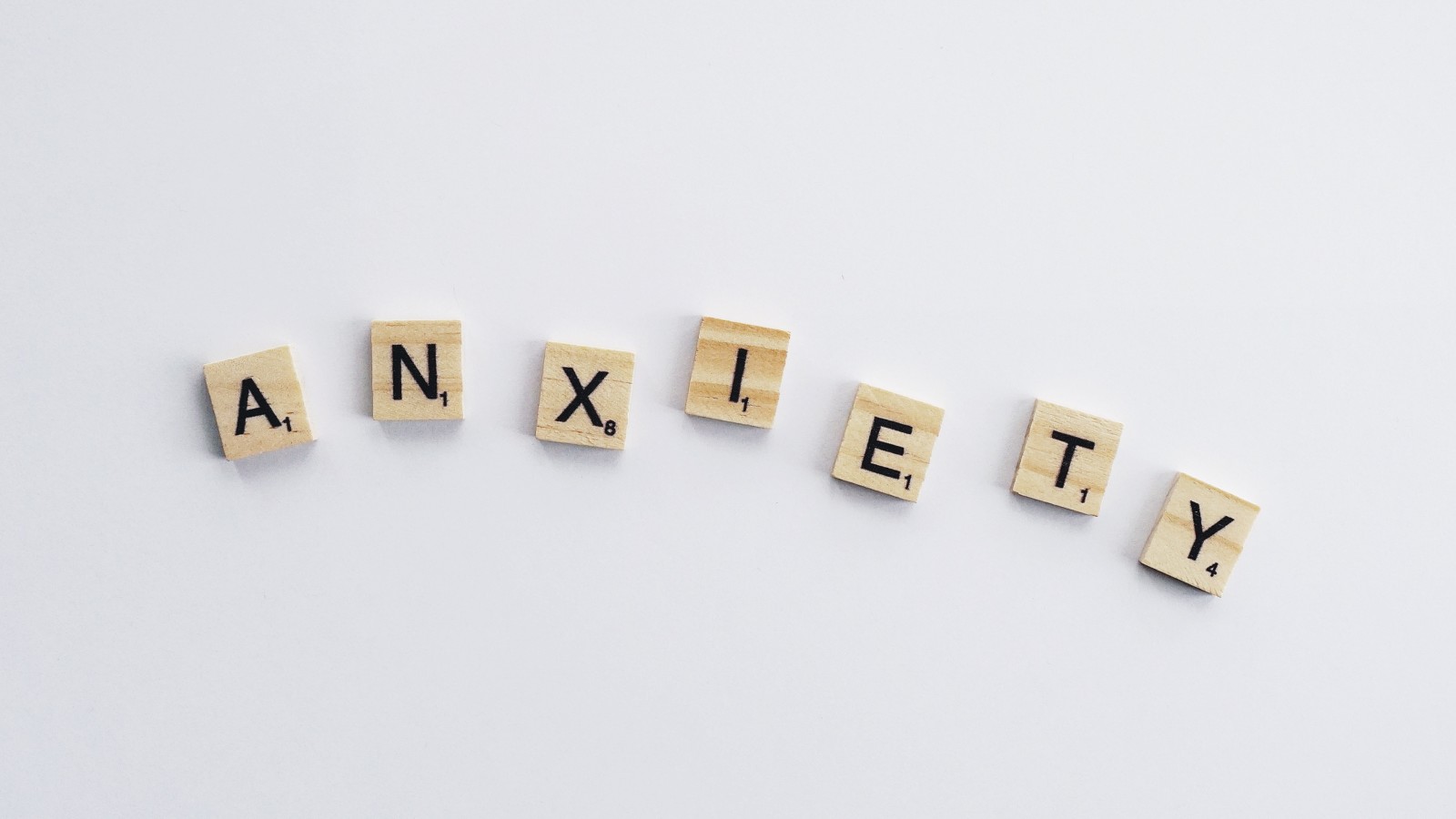A friend recently mentioned to me the “5–4–3–2–1” technique they were using when dealing with high anxiety moments or panic attacks. After just a few short minutes, they would feel more grounded and present. They had found it recommended in this Mayo Clinic article.
I found the technique very easy to practice and the neuroscience geek in me was happy to understand the scientific explanation of why this technique worked so well.
This is not a life-changing exercise, but it can still bring you value by grounding you in those moments when you need it.
The “5–4–3–2–1” Technique to Ease Anxiety
Sit quietly. Look around you and notice:
- 5 things you can see
- 4 things you can touch
- 3 things you can hear
- 2 things you can smell
- 1 thing you can taste
These are mine, at this moment:
- See: building, window, trees, clouds, grass
- Touch: Monitor, book, coffee cup, notebook
- Hear: birds, cars, cat playing
- Smell: freshly washed clothes, coffee
- Taste: Coffee ?
The Neuroscience Behind the Technique
When we talk about focus and attention, at any time, in our brain, one or more of these three networks of attention are active: Default Mode Network (DMN), Central Executive Network (CEN) and “Salience” Network (SN).
- The Default Mode Network:
- Is responsible for mind-wandering, when we don’t think of anything in particular.
- It is interesting to know that especially under stress/anxiety, this mind-wandering focuses on negative/catastrophic scenarios (though, even in normal circumstances, it tends to focus on the negative).
- Its main characteristic is that it distracts us from the present and it projects us either in the past (many times leading to ruminations) or in the future (leading to worries).
- Mindfulness weakens the DMN structurally and functionally.[I]
- The DMN is actually in balance with the two other networks, which are responsible for attention:
2. The Central Executive Network: responsible for focusing our attention — it allows us to select information and focus on something
3. The “Salience” Network: responsible for noticing things, but also involved in processes like self-awareness and empathy. It helps us notice external things or internal sensations[ii]
Whenever we are stressed or anxious, the balance is shifted more towards the DMN and thus, our mind wanders a lot, focusing on the negative, to the detriment of CEN and SN, the two networks of attention.
Mindfulness and the DMN
Mindfulness is a very efficient way to train our attention skills. It restores the balance between the three networks of attention and trains our mind to switch at will between the three.
Most of the time, when the DMN is active, the other two networks are less active. The opposite is also true: when the two networks of attention are active, the DMN is less active.
Thus, mindfulness exercises, just like our “5–4–3–2–1” technique (but also breathing and other types of mindfulness practices) help restore the balance between the three, decreasing the activity of the DMN and increasing the activity of the CEN and SN: we now start to notice the things around us, externally (activating/strengthening the SN) and decide to focus on the things we can see/touch/hear/smell/taste and pick 5–4–3–2–1 of each (activating/strengthening the CEN).
All You Need to Remember
Mindfulness techniques, just like this 5–4–3–2–1 aim at keeping our attention focused on something, so that we naturally stop ruminating about the past or worrying about the future, thus, decreasing anxiety. And, the good part is, there is a clear neuroscience-backed explanation of why such techniques work.
I hope you find this exercise useful and the neuroscience behind it interesting.
Thank you for reading,
Magda.
Sources:
[i] Source: Fox, Kieran C. et al., (2014). “Is meditation associated with altered brain structure? A systematic review and meta-analysis of morphometric neuroimaging in meditation practitioners”. Neuroscience & Biobehavioral Reviews. 43: 48–73
[ii] The theory regarding the three networks is based on the NeuroMindfulness Coach Certification Course, created by The NeuroMindfulness Institute, which I have completed in 2020.


